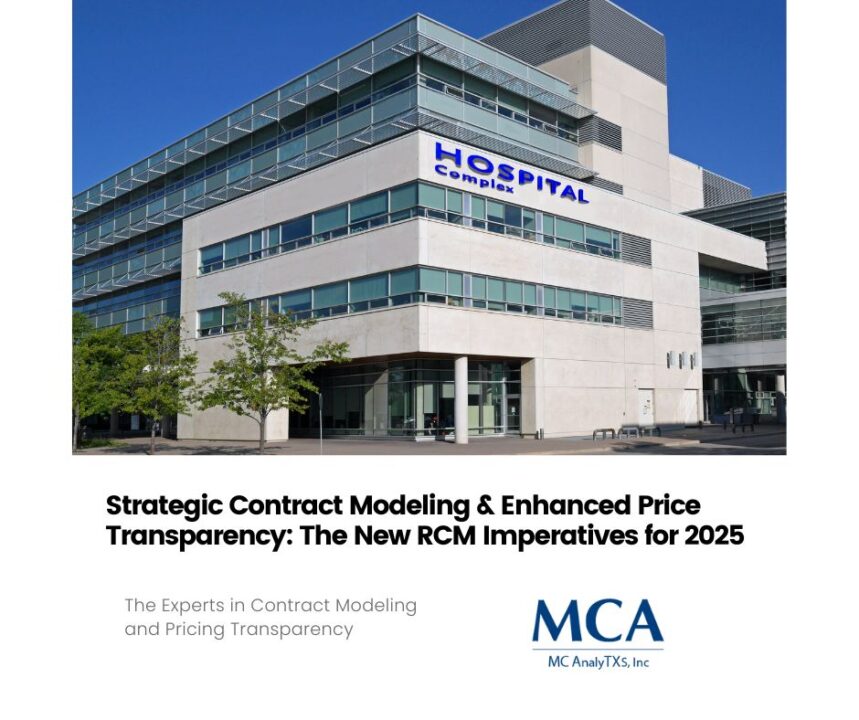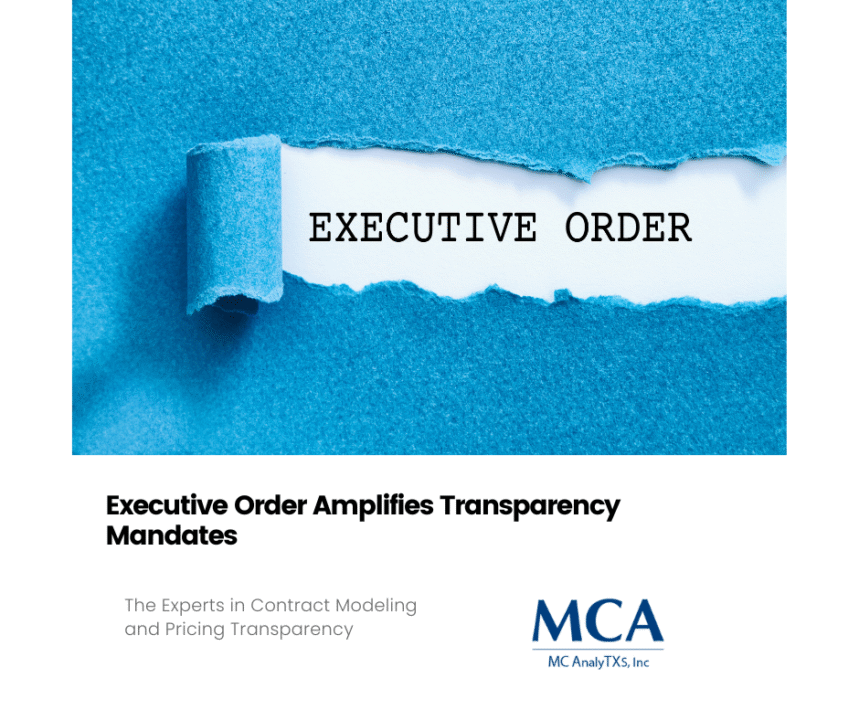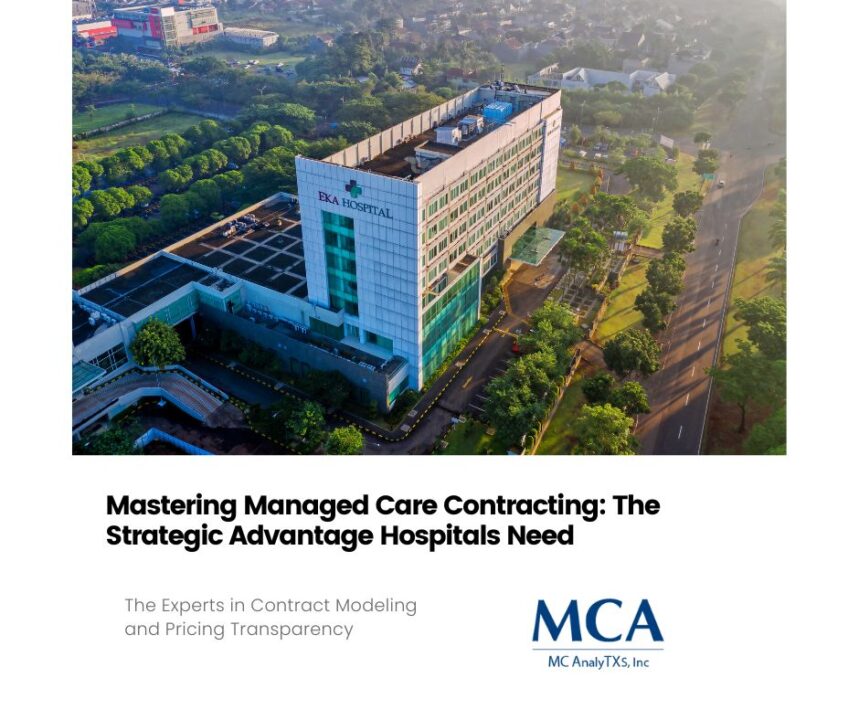
How CMS Boosts Pricing Transparency for Revenue Cycle Management
November 3, 2023
Why Revenue Cycle Leaders are Prioritizing Automation
November 10, 2023The healthcare industry is facing several challenges in terms of budget and financial performance, and hospital labor expenses are one of the major concerns for healthcare CFOs, revenue cycle directors, and managed care directors. Employee salaries, benefits, and training expenses heavily impact a hospital’s budget. Furthermore, managing employee staffing levels, overtime pay, and employee benefits can be a complex process. In this blog post, we will discuss how labor expenses hurt hospital financial performance and what CFOs and other hospital leaders can do to mitigate these expenses.
High Labor Costs Lead to Financial Strain
The largest component of hospital expenses often goes to labor costs. That includes salaries, wages, and benefits for hospital employees, including nurses, physicians, administrators, and other healthcare professionals. When labor costs are high, it often leads to financial strain for the hospital. If labor expenses are too high, it can result in reduced profits and financial instability for critical hospital operations. Hospitals should closely monitor their labor costs and employee productivity levels to reduce expenses while continuing to provide high-quality patient care.
Overtime Pay and Employee Benefits Can Skyrocket Labor Costs
Hospitals may face overtime costs when trying to cover staffing needs for patient care, such as staffing needs for increased patient activity, emergency care, or special events. Overtime costs add up quickly, and the hospital could pay time and a half or double time to employees, which could be costly. Employee benefits can also be costly for hospitals. Employers often have to match employee contributions to retirement plans or provide health insurance and other benefits. These benefits can become overly expensive for the employer, leading to a financial burden on the hospital’s budget.
Difficulty in Employee Scheduling and Staffing
Employee scheduling can be a complex process, especially in facilities where an employer must simultaneously manage schedules, certifications and licensing compliance, and the required staff experience. It can be challenging to balance each healthcare worker’s availability and skills with patient care needs for each hospital unit. If the facility is understaffed, patient care may suffer, leading to decreased patient satisfaction and decreased hospital revenue.
Poor Staff Retention Affects Hospital Financial Performance
Retaining staff is another big expense hospitals face. The loss of an employee means additional recruitment and training costs to replace the employee, and the new employee will take time to get up to speed. High employee turnover can impact the quality of care at the facility and affect the bottom line financially. It is crucial for hospitals to understand and address employee retention issues, offer supportive management, and focus on employee satisfaction to minimize turnover and reduce labor expenses in the long run.
Strategies and Solutions for Hospitals to Reduce Labor Expenses
Hospitals can mitigate labor expenses to improve their bottom line. One strategy is to reassess employee scheduling to eliminate overtime. Hospitals can use technology to make the process more manageable. Healthcare organizations can also increase employee productivity by providing ongoing training and ensuring the role of each employee is most effectively utilized. Finally, hospital leaders need to focus on retaining employees. By offering fair wages and benefits, and creating a work environment with a positive company culture, hospitals can reduce turnover and retain their staff.
In conclusion, labor expenses are a significant part of hospital budgets. When these expenses are not managed correctly, it can hurt a hospital’s financial performance. Hospital CFOs, revenue cycle directors, and managed care directors should take a proactive approach to reduce labor expenses by reassessing employee scheduling, providing ongoing training, and creating a positive company culture to retain employees. By monitoring these expenses and making strategic investments, hospitals can achieve a more efficient and cost-effective operation to improve their financial performance and continue providing high-quality patient care.





